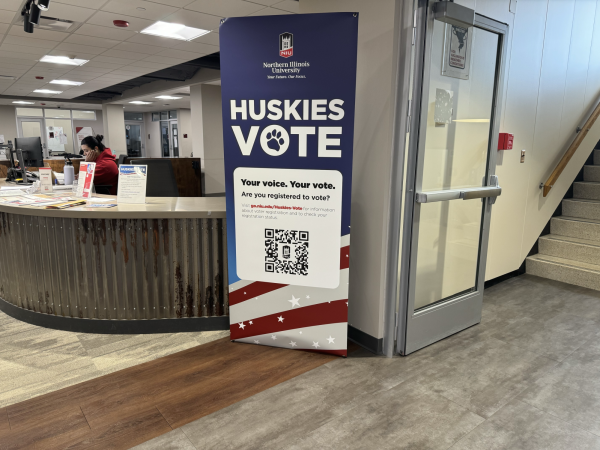City might combine budgets to cap repairs
March 29, 1988
An additional $500,000 left in fiscal year’s 1988 DeKalb city budget might be combined with FY89 revenue to complete $750,000 in street maintenance projects this summer.
During his presentation to city council Monday, Ralph Tompkins, assistant director of public works and engineering services, said because the city did little road maintenance in 1987, $500,000 is left to use in the remaining fiscal year.
The public works department recommended the extra money be added to half of FY89’s maintenance money for use in the summer months of calendar year 1988, he said.
“We (the city) will still have $250,000 (for road maintenance) for the rest of fiscal year 1988-89,” Tompkins said. Public works plan to use $500,000 anually for the following four years, he said.
The five-year plan will pertain primarily to cement and blacktop roads, because they make up 98 percent of DeKalb’s roads, Tompkins said. Cement roads constitute 10.5 percent of the streets and blacktop roads consitute about 87 percent, he said.
The report showed plans of repairing a 50/50 percentage of cement and blacktop roads, Tompkins said. The percentage might be deceiving, he said. The plans actually put a heavier emphasis on cement roads because a fewer percentage of DeKalb roads are made of cement, he said.
Second Ward Alderman Michael Welsh said he believed more than 50 percent of the money should be spent on blacktop roads because the cost will be much higher to repair them by the time they can be repaired.
Tompkins asked the council to vote on his proposal at the next regular council meeting on April 11.
At the rate the city is moving, about 71,000 square yards are repaired annually, which figures out to every street receiving maintenance once every 24 years, Tompkins said. However, the service life of blacktop overlays is 15 years or less, he said.
If the roads were maintained every 15 years, the annual cost would be about $900,000.
The public works department based their decisions of priority streets by using a pavement condition index which uses a pavement rating system, Tompkins said. Higher numbers indicate streets in better conditions, such as 100 for a new road, and 0 as a street in very bad condition, he said.
The index, designed by the Asphalt Institute, is a national system used mostly for blacktop streets, so DeKalb has slightly modified it when determining conditions of cement and brick roads, Tompkins said.












